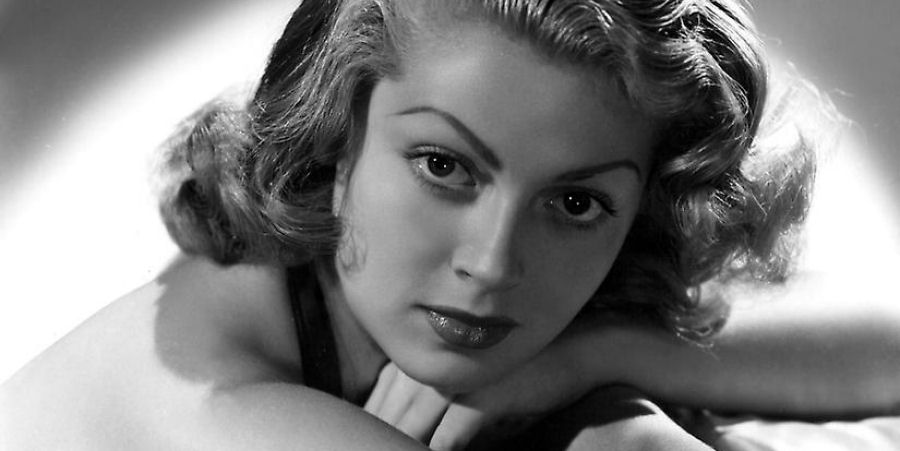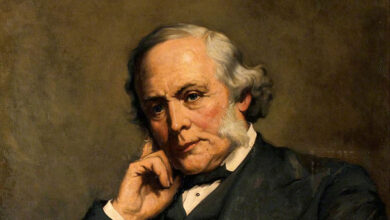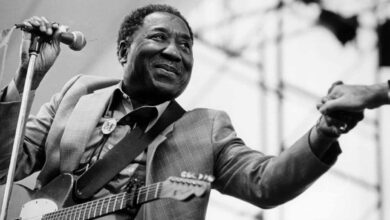
Podcast: Play in new window | Download
Subscribe: Spotify | Amazon Music | Youtube Music | RSS
Lana Turner was one of the most famous women of the 20th century. She was a Hollywood actress, sex symbol, pinup girl and a film, theatre and television icon who had one of the longest and most illustrious careers of any professional actress, a career that spanned almost 50 years and turned her into one of Hollywood’s highest-paid stars and is an example of what many consider to be the fulfillment of the American Dream as she started with nothing and ended up with the world at her feet.
Lana Turner was born on 8 February 1921 in the small mining town of Wallace, Idaho as Julia Jean Turner and was known as Judy by many of her childhood friends. She showed an obvious interest in the performing arts even as a toddler performing dance routines for anyone who would watch her.
The family struggled to make ends meet in Idaho and so when Judy was only six years old they relocated to San Francisco. Things changed after this move though as her mother and father soon separated and when Turner was only around 9 years old in 1930, her father was found bludgeoned to death having been robbed of some money he had won in a craps game. His death affected Turner deeply and she commented on the great sense of loss in her life and her need to grow up too quickly. She also occasionally commented on how difficult things were, remembering that it would be common for her to only have crackers and milk to live on for most of the week.
As happens on occasion her fortunes changed by accident when at the age of 15 she was spotted by the publisher of the Hollywood Reporter, William R. Wilkerson buying a soda at the Top Hat Malt Shop on Sunset Boulevard having skipped a lesson at the Hollywood High School she was attending in Hollywood, California.
After gaining consent from her mother to follow up on an offer from Wilkerson to get into the movie industry she was referred by Wilkerson to Zeppo Marx who in turn passed her on to the movie director Mervyn LeRoy and he immediately signed her to a $50 per week contract with Warner Brothers. This was on 22 February 1937 when Turner had only just celebrated her 16th birthday. It was LeRoy who suggested she change her name to Lana.
Lana Turner starred in her first role in the film They Won’t Forget in 1937 in which she played a murder victim. This role would be the start of a movie career that regularly saw Lana appearing as a woman of intrigue and mystery but also set the tone for her physical appearance as she was required to wear a tight form-fitting sweater in the movie. Something that she was embarrassed about at the time, even sinking lower and lower down into her seat at the movie’s premiere noting that it was the first time she had ever seen herself walk.
Later in 1937, she followed LeRoy from Warner Brothers to MGM where he had been hired as an executive and signed a new contract worth $100 per week. During her early MGM career, she worked alongside Mickey Rooney and Judy Garland and even screen-tested for the part of Scarlett O’Hara in Gone with the Wind, a part which eventually went to Vivien Leigh. However, despite her career starting to take off in the late 1930s, it truly blossomed in the 40s and 50s when she was widely considered one of the most beautiful actresses in Hollywood.
During the 1940s she starred in such films as, Ziegfeld Girl, a musical in which she had a lead role opposite James Stewart, Hedy Lamarr, and Judy Garland. This movie was so successful that it led to Lana Turner receiving and improved contract with MGM which was worth $1500 per week. She and Judy Garland also became life long friends following the making of the movie and even lived next door to each other.
Other movies she starred in during this time include Dr Jekyll and Mr Hyde, Somewhere I’ll Find You, Honky Tonk, and The Postman Always Rings Twice working with such people as Spencer Tracy, Ingrid Bergman, and Clark Gable. For her role in The Postman Always Rings Twice, she received critical acclaim for her outstanding performance as an actress as the movie marked a departure from her previous comedic, musical roles and sex symbol type roles with a shift to more dramatic parts. She said that she had gotten tired of making movies where all she did was walk across the screen and look pretty. Life magazine named The Postman Always Rings Twice its Movie of the Week in April 1946. Following this, the studio took bigger chances with Turner. She even replaced Katharine Hepburn in the drama Green Dolphin Street, during the filming of which she had affairs with the actor Tyrone Power, Frank Sinatra, and Howard Hughes.
By 1948 when she appeared in the romantic drama Homecoming opposite Clark Gable she was nearing the high point of her career and had become MGM’s most popular star. She was also one of the highest-paid women in the USA earning over $226,000 per year.
In 1953 Turner moved to Europe for 18 months during which time she appeared for the fourth and final time alongside Clark Gable. Her acting skills had grown dramatically since her early days and she was nominated for an Academy Award for best actress for 1957’s Peyton Place which had been a box office smash. Although she didn’t win, it proved to everyone that Lana Turner was an exemplary actress at the height of her powers.
Lana remained popular throughout the 50s with several more films to her name, but the movie Imitation of Life marked a turning point in her big-screen career. It was the highest-grossing movie of the year and Turner personally earned over two million dollars from it as she had opted to take 50% of the profits. However, it was not received particularly well by the critics and it signaled a downturn in her box office draw. Her final movie for MGM was Bachelor in Paradise, a romantic comedy which also starred Bob Hope and the final movie in which Lana Turner had star billing was 1966s Madame X in a role for which she received a David di Donatello Golden Plaque Award for Best Foreign Actress.
Although her movie career was over and she had opted to officially retire this didn’t mean that Lana Turner stopped working. She continued to act throughout the 1970s and 1980s, turning some of her attention to television where she starred in Harold Robbins’ The Survivors, and theatre, taking a part in a production of Forty Carats in 1971. In 1974 she also returned to the big screen when she starred in a British horror film called Persecution. In the early 1980’s she made a notable appearance as the mysterious Jacqueline Perrault in the TV series Falcon’s Crest. Her final on-screen performance was in an episode of The Love Boat in 1985.
As well as her exciting and critically acclaimed life on screen, Lana Turner also had a fairly colourful life off-screen. This included getting married and divorced no less than eight times to seven different men. She married, annulled, married, and then divorced Steve Crane in the early 40s leading to a significant amount of media and tabloid attention.
However, her marriages and divorces were overshadowed significantly in 1958 when Lana Turner’s daughter Cheryl Crane, daughter of Steve Crane, stabbed and killed Johnny Stompanato, a mobster who was Lana’s lover at the time during a particularly violent domestic altercation. The headlines in the tabloid press would overshadow the personal lives of the family for some time. However, although it affected Turner significantly during the filming of Imitation of Life it did not seem to put too much of a damper on the rest of her career.
Throughout most of her life, Lana Turner had been a drinker and smoker and although she was able to quit drinking in the 1960’s she was unable to quit smoking. In the Spring of 1992, she visited her doctor complaining of a sore throat and was diagnosed with throat cancer and although she had surgery to remove it, it metastasized to her lungs and jaw. Her daughter encouraged Lana to receive radiation therapy, a treatment that was initially successful but the cancer returned in 1994. During her final public appearance at the San Sebastian International Film Festival where she was presented with a Lifetime Achievement Award, she spent most of the event in a wheelchair. Lana Turner died nine months later on 29 June 1995 at her home in Los Angeles. She was 74 years old.
Podcast: Play in new window | Download
Subscribe: Spotify | Amazon Music | Youtube Music | RSS




